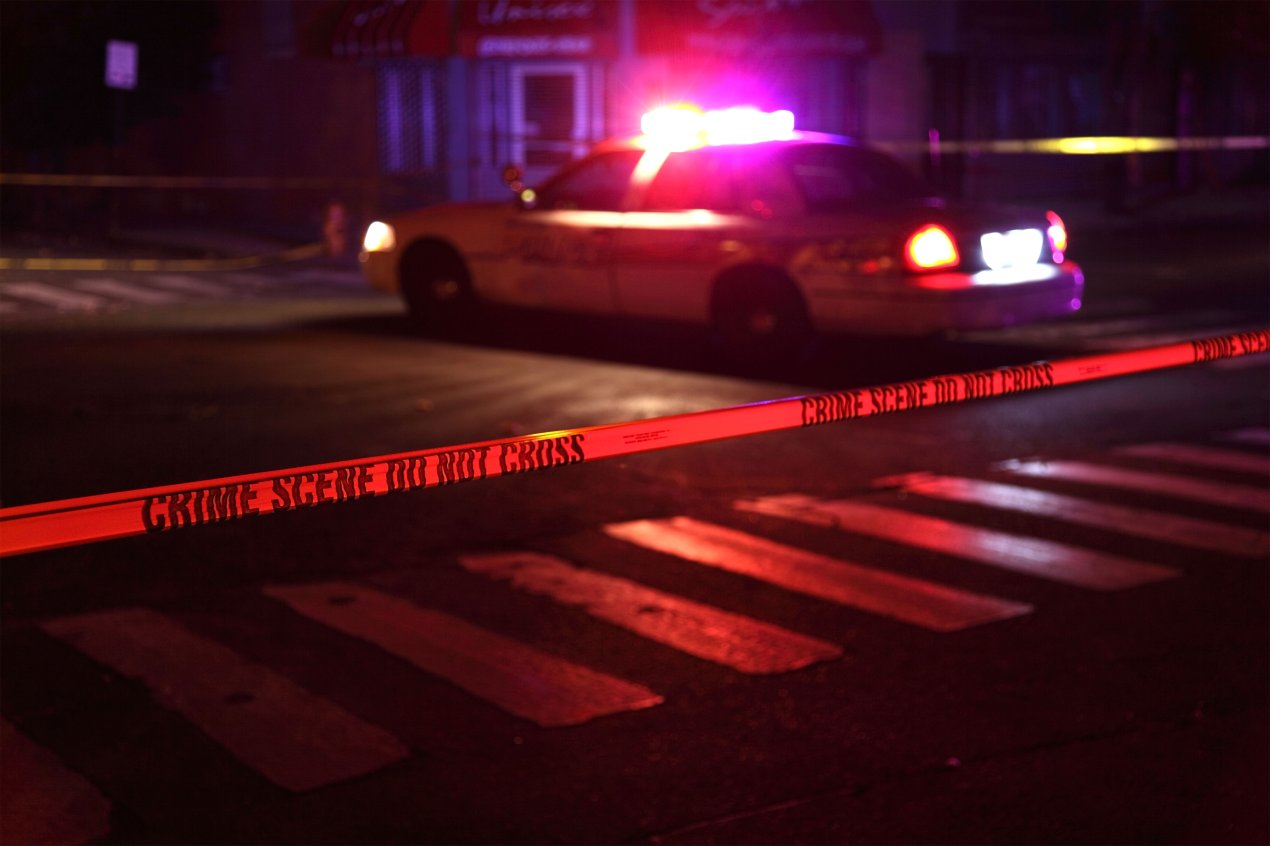To tackle America’s gun problem, a growing number of states are using Medicaid dollars to pay for community-based programs intended to stop shootings. The idea is to boost resources for violence prevention programs, which have been overwhelmed in some cities by a spike in violent crime since the start of the covid-19 pandemic.
An infusion of reliable federal funding, advocates say, could allow these nonprofits to expand their reach to more residents most at risk of being shot — or of shooting someone.
So far, California, Colorado, Connecticut, Illinois, Maryland, New York, and Oregon have passed laws approving the use of Medicaid money for gun violence prevention, said Kyle Fischer, policy and advocacy director for The Health Alliance for Violence Intervention, which has lobbied for the federal and state Medicaid policy changes allowing this spending. More states are expected to follow.
“These are concrete things that we can do that avoid the debates around the Second Amendment,” Fischer said.
With gun control legislation stalled in Congress, the Biden administration has opened up federal Medicaid dollars to violence prevention as one of the ways states and cities can combat firearm violence. President Joe Biden announced the novel approach in April 2021, and now the money is starting to flow to interested states.
But the process to unlock the funding has been lengthy, and it’s unclear how much money will ultimately be spent on these programs. Because Medicaid, which provides health care for low-income and disabled residents, is a state-federal program, states must also approve spending the money on violence prevention.
In Illinois, which two years ago became one of the first states to approve Medicaid spending for violence prevention, Chicago CRED hopes to get approval for its program this spring. Arne Duncan, the former U.S. education secretary who leads the violence prevention group, said getting paid by Medicaid will be worth the wait and that he hopes his state’s experience will make it more expeditious for others.
“We’re trying to build a public health infrastructure to combat gun violence,” Duncan said. “Having Medicaid start to be a player in this space and create those opportunities could be a game changer.”
In 2020, many cities around the country confronted a rise in shootings and homicides after officials responding to the pandemic shut down schools, businesses, and critical social services. That same year, police murdered George Floyd, a Black man, in Minneapolis, sparking nationwide protests and calls to cut police funding. Americans, already armed to the hilt, rushed to buy more guns.
While the pandemic has receded and homicide rates have dropped nationally, homicides haven’t gone down in some cities. The number of gun purchases is historically high in the United States, which is estimated to have more guns than people. Programs that worked a few years ago in places like Oakland, Calif. — which had won acclaim for slashing its gun violence — can’t keep up. Memphis in November broke its record for homicides in a year.
“We have a uniquely high prevalence of firearm ownership in the United States,” said Garen Wintemute, a professor of emergency medicine and chair in violence prevention at the University of California-Davis. “We have more guns in civilian hands than we have civilians, with something on the order of 400 million guns in the United States.”
“Guns are tools, and you put a tool in somebody’s hands, they’re going to use it,” he added.
Gun violence also brings a hefty price tag. Studies from the Government Accountability Office and Harvard Medical School have shown that the cost of caring for gunshot survivors ranges from $1 billion in initial treatments to $2.5 billion over the 12 months post-injury. And it’s not only gunshot victims who need medical help.
“The patients that we see, there’s a lot of grief. Parents losing their children, grandparents losing their grandchildren. That impacts people’s health tremendously,” said Noha Aboelata, founding CEO of Roots Community Health Center in Oakland. “Entire neighborhoods have ongoing stress and trauma.”
Despite the long and often bureaucratic process, Medicaid dollars are incredibly attractive for community organizations that have historically relied on philanthropic donations and grants, which can vary year to year.
“Medicaid is reliable,” Fischer said. “If you’re doing the work, you’re qualified for it, and you are taking care of patients, you get reimbursed for the work that you do.”
This article was produced by KFF Health News, which publishes California Healthline, an editorially independent service of the California Health Care Foundation.







